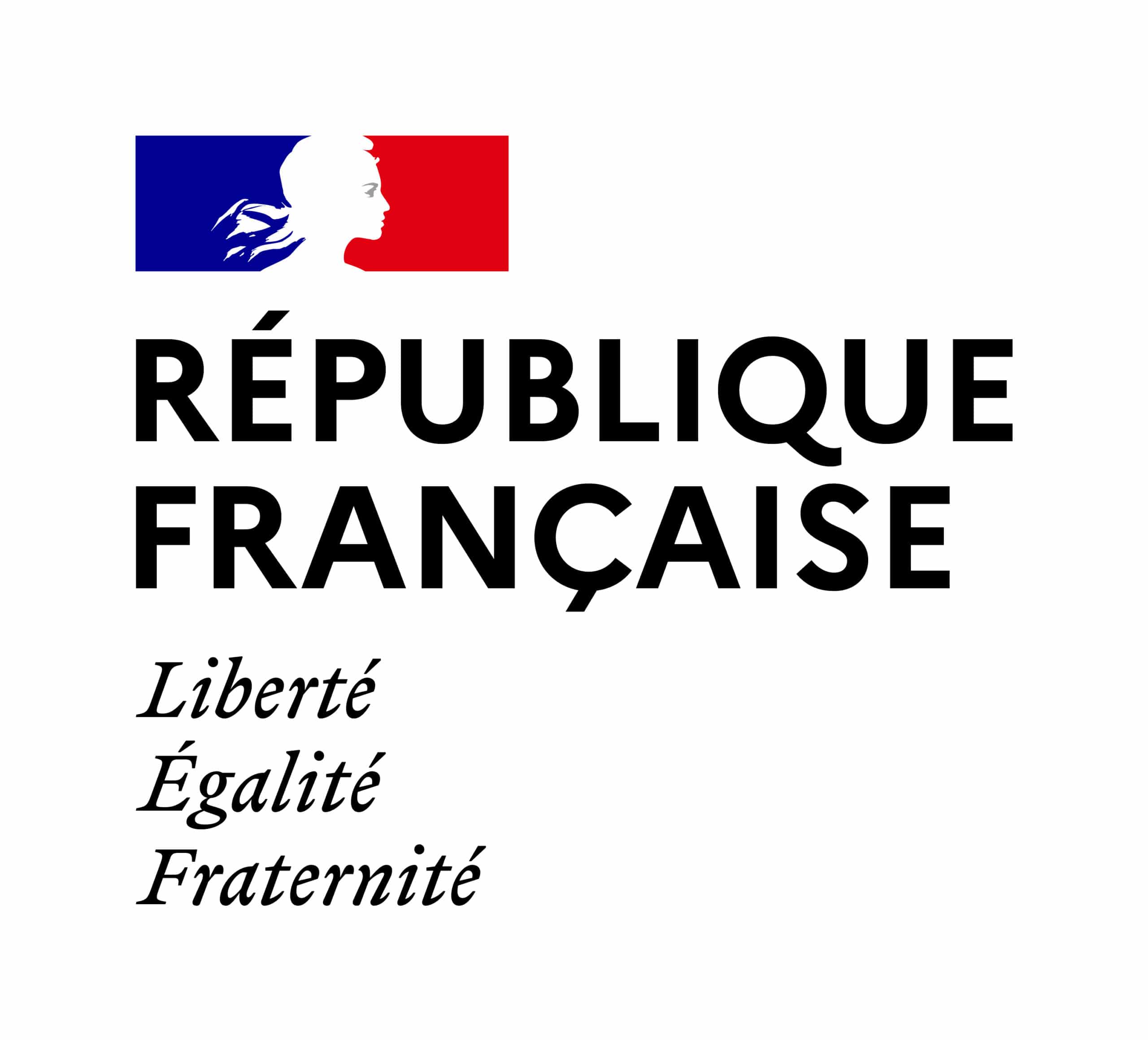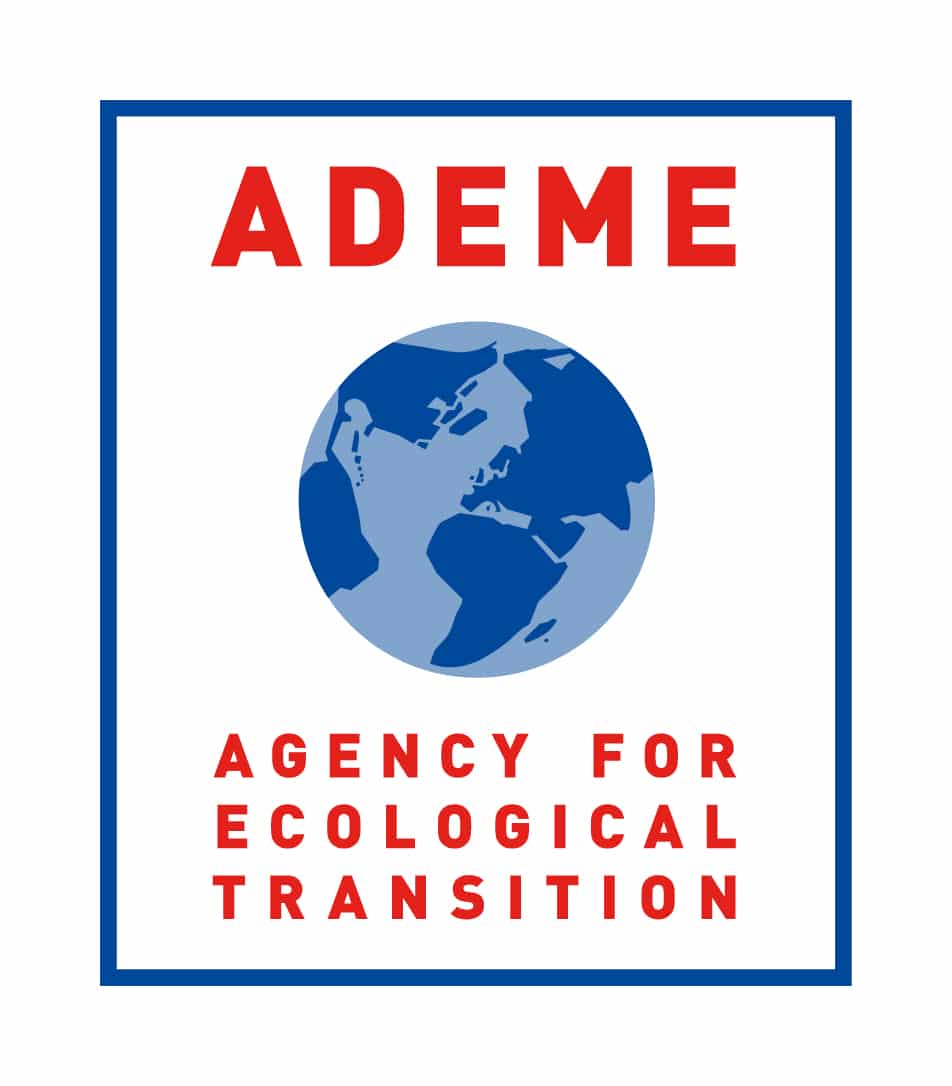An eco-design logic
ADEME has begun a process to improve its digital services as part of its commitment to more responsible digital technology. In particular, the Agency’s Information Systems were awarded the Responsible Digital Technology Level 2 label in October 2021: https://label-nr.fr/pourquoi/.
In this context, this website has been designed and developed in a logic of eco-design.
Philosophy
Responsible digital technology reflects the 3 aspects of sustainable development: Ecology/Society/Economy
We have set ourselves 3 objectives to meet the requirements of eco-design:
- create a lightweight website (in terms of code but also visuals and features) with less need for storage and data transfer. The aim is to save the energy needed to run the site and extend the life of the hardware;
- facilitate access for all users, while respecting the requirements of accessibility and protection of personal data;
- provide a useful and sustainable website with easy and non-intrusive navigation and above all an easy to maintain site.
How?
In order to meet these objectives, we have selected service providers oriented towards Responsible Digital Technology. We have implemented good eco-design practices according to the guidelines of the general reference framework for eco-design of digital services published by the Interministerial Responsible Digital Technology Mission.
We acted both technically and editorially.
The reflections undertaken have allowed us to guarantee a functional perimeter adapted to the concept of “just what is necessary” and not to develop useless features and content or with little added value.
On a technical level, we used standard software bricks and maintainable technologies to extend the site’s lifespan.
We have pursued a responsible editorial policy by reducing the number of pages on the site as well as the number of characters within the pages themselves. The texts are intended to be concise while remaining clear and complete. We have limited the number of images and videos to lighten page loading.
What next?
We are implementing a continuous improvement approach through the regular assessment of the environmental and social impact of our site. Our tools provide us with monitoring indicators to adapt our methods and content throughout the life cycle of the site.





